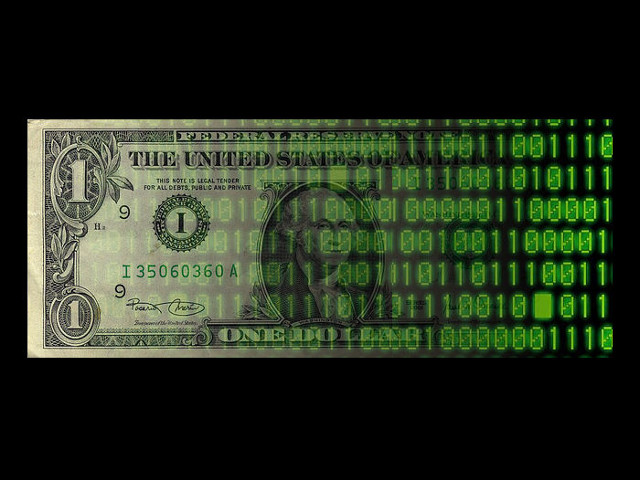Can your wealth be defined beyond paper and digits?

“The word ‘dollar,’ quite literally, is legally meaningless, and it has been meaningless for the past decade. Federal Reserve notes are not 'dollars'; they are notes denominated in 'dollars.' But what a 'dollar' is, no one knows.”
- Ron Paul, The Case For Gold (1982)
The above quote is a sober reminder that the U.S. dollar was always defined as a precise weight of silver or gold between 1792 to August 15, 1971. For almost two centuries, someone who held a dollar (or a note denominated in dollars) had assurance that its value had a defined weight of silver, or gold.
For example, the Coinage Act of 1792 in the United States defined the dollar in a precise weight of silver and/or gold – 371.25 grains of pure silver or 24.75 grains of pure gold (silver to gold ratio of 15:1).
More recently under the Bretton-Woods system from 1944 to 1971, the dollar was still convertible into gold by foreign governments at USD 35 an ounce.
It is therefore obvious that silver and gold, being money, gave value to the dollar.
A world of undefined currencies
With the severing of the gold link to the dollar in 1971, the U.S. dollar has since been undefined.
Truly, what a dollar is, no one knows.
With no definitive anchor of value for the world reserve currency, the currencies of other nations are also undefined.
Exchange rates between currencies only tell us how much of another currency can be exchanged for the currency we hold. They do not tell us the value of the currency measured against real money.
Digital wealth
Making matters worse, less than 3% of the U.S. money supply is in the form of paper currency or coins. The other 97% exists today as entries in computers.
When paper currencies were introduced in the past, they were notes of credit. The holder of the note could walk into a bank and redeem a determined weight of silver or gold.
Today, the wealth of most people are held on deposit with a bank. The amount of currency saved in the bank account is shown in digits on computers that retrieve the data from data centres. Wealth in this sense is reduced to digits on computer servers – not an assuring way to hold wealth exchanged with your time and effort!
This over-reliance on banks to hold currency wealth in a non-tangible way can be risky in today’s debt-ridden and over-levered financial world. It is no wonder that depositors are always at the mercy of banks when there are bank failures. They are unsecured creditors – the last in line to be repaid.
Hold wealth in physical silver and gold
Silver and gold have always been money and will continue to be money in the future. Paper currencies came into existence mainly to allow governments to spend beyond what they bring in from taxes. History is dotted with endless examples of wanton government spending and over-issuance of currency.
Just about every paper currency experiment, even if it was pyramided on precious metals, have always ended in the depreciation of the value of the over-issued currency with each unit losing purchasing power over time. The result is a loss in confidence by the public in the ability of the currency to hold its intended value.
If we have used precious time in our jobs in exchange for profit, surely we should store the fruit of our labours in a safe and tangible form of wealth – physical silver and gold. Precious metals have stood the test of time to be regarded as money. The same cannot be said of paper and digital wealth.
